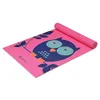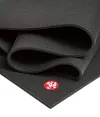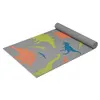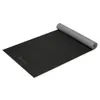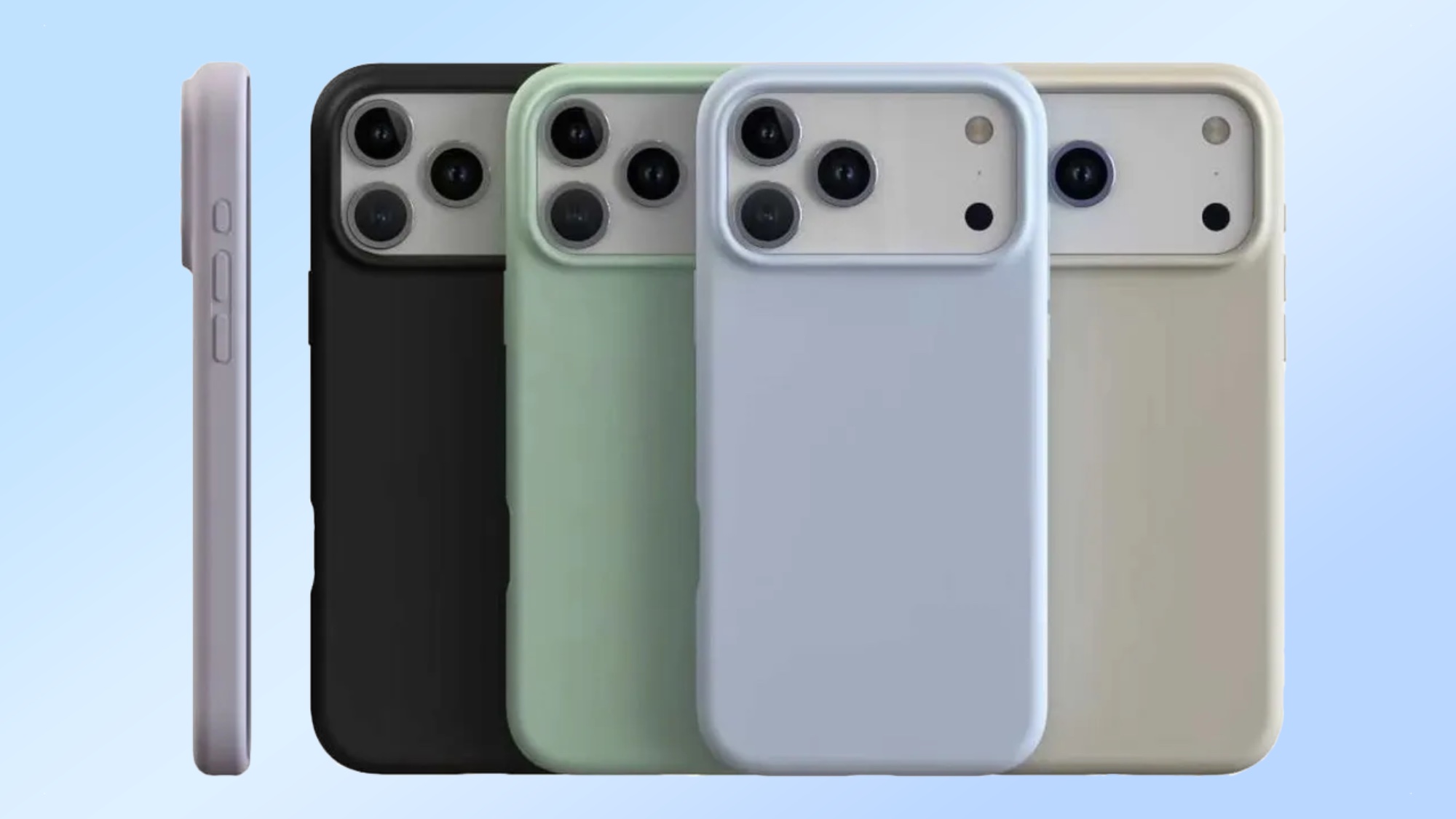
I turbocharged my downward dog with a yoga posture that strikes fear into the triceps and shoulders of any yogi — turbo dog pose. I’ve been slowly adding it to my yoga routine, and there are 3 reasons it’s already becoming a game-changer for me.
To do a turbo dog, you’ll come into your downward dog pose, then bend your elbows toward your mat, lifting your hips high and drawing your heels downward. The upper body should immediately fire up, and your shoulders and triceps will take on the primary brunt of the work.
Of course, there’s some technique to drill down on. I’ve been rolling out one of the best yoga mats during my practice and including the turbo downward dog during routines. Here’s what I’ve learned and why I love the pose.
What is a turbo dog in yoga?
Inspired by Forrest yoga, turbo dog strengthens the muscles and joints in your upper body while increasing the intensity of the downward dog pose. It’s a great way to add strength and technique to your chaturanga, building more robust triceps and deltoids.
This variation focuses more heavily on the triceps (the arm muscles that run down the back of your upper arms), muscles in your back and rear shoulders, and the shoulder stabilizers responsible for supporting shoulder and arm movement.
What is a downward dog good for?
More generally, a downward dog builds upper body strength and stability, helps lengthen the spine, strengthens the shoulder, elbow and wrist joints and stretches the back body, including the hamstrings and calves.
While it is an active posture, for many yogis, downward dog is seen as a pause or reset during flow and allows you to reconnect mind, body and breath, especially during fast-paced practices or more intense hot yoga sessions.
How to do turbo dog pose
I’ve been learning to use the turbo dog under the guidance of my yoga instructor during regular vinyasa yoga practice. However, I decided to also drill down into technique further with the help of yoga anatomy teacher, Jennilee Toner.
- Start in your downward dog, drawing your heels down, lifting your hips upward and pressing through your hands
- Slightly wing your elbows outward as you bend them and begin lowering the chest
- Lower the elbows to hover just above the mat
- Wrap the elbows inward toward each other and your midline
- Hold the position, hovering the elbows and pressing through your hands, maintaining the downward dog position
- Keep your neck relaxed and send your gaze between your legs
- Stay active through your chest, shoulders and upper back
- Straighten your arms and lift upward to wake up your triceps
- Repeat for 5-10 reps
To begin with, run a few turbo dogs by drawing the elbows out, then drawing them toward the body, plugging the upper arms, then straightening the elbows.
Yogi Bare Paws yoga mat @ Yogi Bare
We love this mat. The sticky grip elevates it above many leading brands, and the beautiful design always attracts attention.
You can work for time or reps on the pose, depending on your practice or goals. For those looking to develop technique and strengthen their chaturanga, 5 to 10 rounds and regular practice could be the most effective.
If you aim to build a stronger upper body and improve endurance, holding the bottom of the turbo dog for several rounds of breath should help. After practicing the pose regularly, it's started to have a big effect on my body.
It builds a pillar of upper body strength
As I’ve already mentioned and learned for myself, turbo dog dials into upper body strength, testing various muscle groups, including the triceps, delts, the stabilizers — a collection of muscles called the rotator cuff — the upper back, latissimus dorsi and back body, including your hamstrings and calves.
As you draw the elbows, the rotational movement naturally activates the shoulder’s external rotators. It helps strengthen the serratus and infraspinatus (one of the rotator cuff muscles aiding in shoulder joint movement and stability). The infraspinatus assists with external shoulder joint rotation and lateral rotation of your humerus.
In the winged position, this internal rotation isn’t ideal, so the focus is on external rotation. In the video, as the pupil externally rotates her shoulders and pulls them back, she wraps her elbows inward, then pushes the ground away, working the serratus and infraspinatus.
Be sure to position your hands shoulder-width apart so that your stance isn’t too narrow, and the feet can be positioned hip-width. However you plan to practice turbo dog, you can build a pillar of upper body strength by regularly adding it to your routine.
It's helping to develop my practice
From the hover position, you can practice lowering the elbows to the mat for the dolphin pose and push upward into the downward dog.
Adding turbo dog to my routine has helped strengthen my triceps and aided my endurance and technique during chaturanga, dolphin pose and downward dog. After several months, I feel more robust as I flow from pose to pose.
Narrow arm positions are great at developing strength in your triceps, so if you know this is a weaker area for you, I recommend practicing these sorts of exercises, along with narrow push-ups and bench presses, if you enjoy lifting weights in the gym.
Unless you're working with isolation exercises to target your triceps, these muscles primarily assist with pushing motions, so it's always worth strengthening them if you can.
Doing so will make you more effective during push-based exercises and you may find you can perform these sorts of movements with more ease and less fatigue. I recommend exercises like these alongside isolation exercises for the most impact.
Turbo dog also helps you focus on alignment, positioning and awareness of your body as you rotate your shoulders and elbows and switch between several positions while upside down.
It adds challenge to yoga routines
We’re all looking for new ways to challenge ourselves, whatever our workout appetite is. Whether you enjoy lifting weights, Pilates, or yoga, there’s always something to learn and develop.
If you know chaturanga is a weaker area for you, or you still practice from your knees, yoga anatomy instructor Toner says practicing turbo dog, moving from turbo to downward dog and even moving from turbo to dolphin pose, can help to strengthen the muscles you use during this flow.
Personally, it’s helped me develop shoulder stability while hitting my triceps hard. That said, if you’re working with weak shoulders or elbows, any injuries, or you’re pre or post-natal, you should always seek advice from your yoga instructor or another qualified medical professional before trying this exercise or a new routine.
More from Tom's Guide
- I did 60 minutes of hot yoga for 6 months, and here's what happened to my body
- 4 reasons you’re not building muscle in the gym — according to a strength and conditioning coach
- Forget sit-ups — you only need 10 minutes and 3 moves to build a stronger core and boost your posture
Sign up to get the BEST of Tom's Guide direct to your inbox.
Get instant access to breaking news, the hottest reviews, great deals and helpful tips.

Sam Hopes is a level 3 qualified trainer, level 2 reiki practitioner and senior fitness writer at Tom's Guide. She is also currently undertaking her Yoga For Athletes training course. Sam has written for various fitness brands and websites over the years and has experience across brands at Future such as Live Science, Fit&Well, Coach, and T3.
Having worked with fitness studios like F45 and Virgin Active, Sam now primarily teaches outdoor bootcamps, bodyweight, calisthenics and kettlebells. She also coaches mobility and stretching-focused classes several times a week and believes that true strength comes from a holistic approach to training your body.
Sam has completed two mixed doubles Hyrox competitions in London and the Netherlands and finished her first doubles attempt in 1:11.


